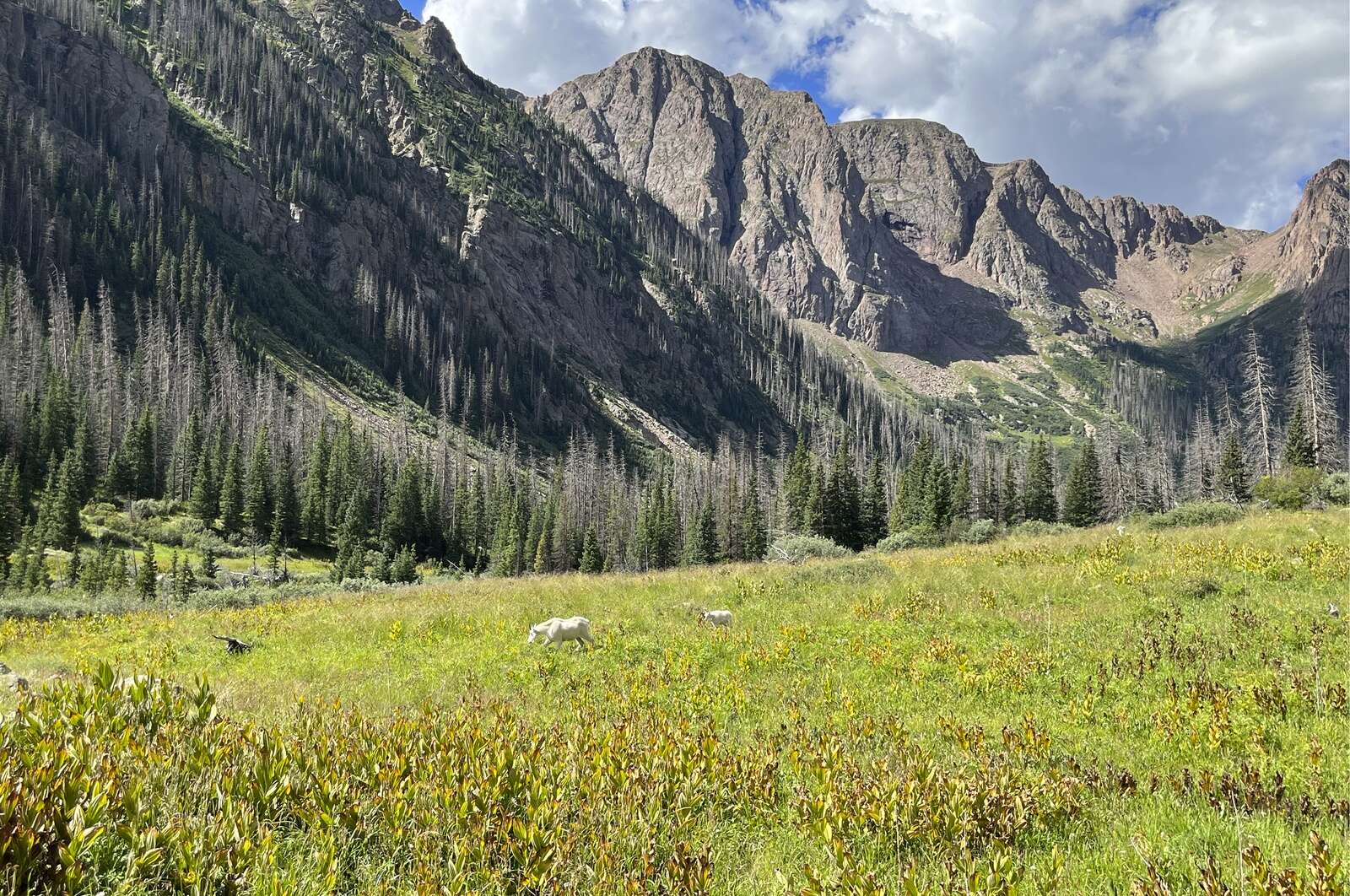Entertainment
Weminuche Wilderness Marks 50 Years of Conservation Success

In a significant milestone for conservation, the Weminuche Wilderness in Southwest Colorado celebrates its 50th anniversary this year. Officially designated as federally protected land in 1975, this nearly half a million-acre expanse spans the San Juan and Rio Grande national forests. The designation came after years of advocacy and bureaucratic challenges, marking a victory for local conservationists and a commitment to preserving natural ecosystems for future generations.
The journey toward the Weminuche’s protection began with the Wilderness Act of 1964, which set the stage for proposals to designate wilderness areas across the United States. Local advocates, organized under groups like the Citizens for the Weminuche Wilderness, engaged the community through meetings and campaigns, emphasizing that the future of the wilderness depended on local support. As one editorial in the Durango Herald noted, “The fate of the Weminuche Wilderness Area is now quite literally in the hands of local citizens.”
Despite the eventual success, the path was fraught with contention. Debates over which areas to include were heated, particularly around the Chicago Basin, which faced exclusion due to mining claims. Opponents argued against wilderness designation, citing concerns over resource extraction and potential job losses. For instance, one resident, Glenn Wilson, opposed the establishment of the wilderness area, claiming it was discriminatory toward disabled veterans and advocating for resource harvesting to meet population demands.
The bill finally passed through the U.S. House in April 1974 but faced delays in the Senate. In January 1975, after extensive lobbying and community engagement, the Weminuche was officially designated, becoming Colorado’s largest wilderness area. Over the decades, the primary threats to the wilderness have shifted from mining and logging to overuse and environmental pressures.
Today, the Weminuche Wilderness faces new challenges as visitor numbers soar. With approximately 5,000 visitors flocking to the Chicago Basin each summer, the delicate ecosystem is showing signs of strain. Lois Bartig-Small, a former Forest Service ranger and organizer with the San Juan Mountains Association, expressed concern about the impact of foot traffic. “We’re constantly trying to educate people, but it’s hard. It’s really a struggle,” she said, highlighting the need for responsible visitor behavior.
Stephanie Weber, executive director of the San Juan Mountains Association, echoed these concerns, noting that the influx of outdoor enthusiasts since the COVID-19 pandemic has only compounded the issues. “Chicago Basin is not where you go for solitude, and so it’s not meeting the conditions of wilderness,” Weber stated, prompting discussions about the future of wilderness management.
As the U.S. Forest Service faces staffing shortages and budget cuts, local organizations are stepping up to fill the gaps. Andrew Carroll, president of Backcountry Horsemen, emphasized the critical role of community volunteers in maintaining trails and educating visitors. “With their budget cuts, they’re relying more on volunteers to keep the trails clean and accessible,” he explained.
In addition to visitor management, the Weminuche Wilderness is grappling with the effects of natural threats, such as bark beetle infestations that have devastated over 120,000 acres since the late 1990s. Volunteer groups are taking on the work once handled by the Forest Service, showcasing a community-driven approach to stewardship.
The 50-year legacy of the Weminuche Wilderness stands as a testament to the power of local advocacy and community engagement. MK Thompson, an employee with the San Juan Mountains Association, reflected on this legacy. “I have hope for our little corner of the world,” she stated, emphasizing the importance of local efforts in fostering a connection to the land.
As the Weminuche Wilderness enters its next chapter, the ongoing commitment to its preservation will hinge on balancing the needs of an increasing number of visitors with the imperative of protecting its unique ecosystems. The lessons learned over the past 50 years continue to resonate, reminding us of the intrinsic value of wilderness and the necessity of stewardship for generations to come.
-

 Health4 days ago
Health4 days agoRare Brain Condition Discovered More Common in New Mexico
-

 Politics5 days ago
Politics5 days agoPrince Andrew Steps Back from Royal Duties Following Epstein Memoir
-

 Lifestyle5 days ago
Lifestyle5 days agoKent Hamilton Named Southeastern Farmer of the Year at Expo
-

 Health5 days ago
Health5 days agoRemembering Mary Ingleby: A Life of Love, Teaching, and Music
-

 Sports5 days ago
Sports5 days agoMLS Decision Day 2025: Playoff Spots on the Line as Teams Clash
-

 Science5 days ago
Science5 days agoIdaho State University Launches Haunted Science Laboratory on Oct. 25
-

 World5 days ago
World5 days agoYoung Driver Dies in Collision with Box Truck in El Cajon
-

 Business5 days ago
Business5 days agoFirst National Bank of Groton’s Quiet Period Ends October 21
-

 Entertainment5 days ago
Entertainment5 days agoTrump Commutes George Santos’ Sentence, Sparks Controversy
-

 Politics5 days ago
Politics5 days agoNavy Veteran Max Quattromani Launches Campaign for Assessor Seat
-

 Sports5 days ago
Sports5 days agoSaquon Barkley Reacts to James Franklin’s Dismissal from Penn State
-

 Health3 days ago
Health3 days agoScientists Warn: Human Brain Struggles to Function After Midnight









